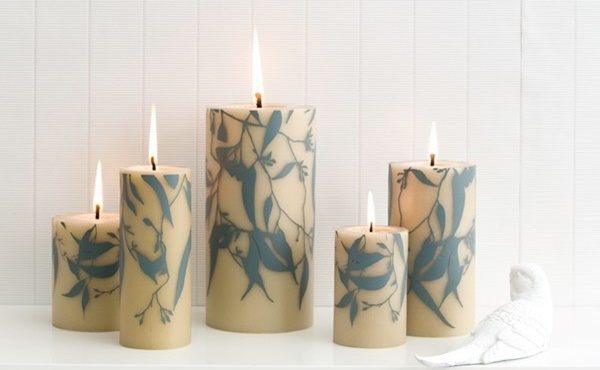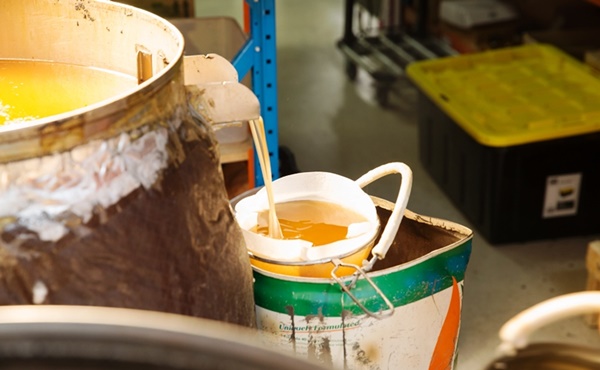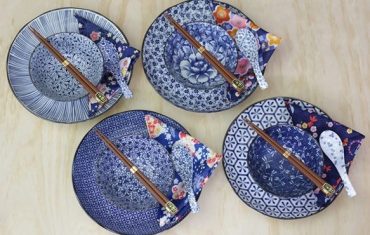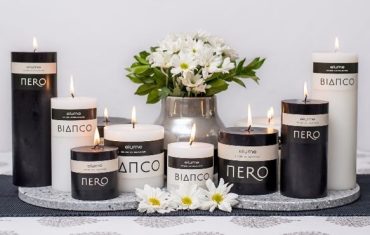A big trend towards low tox living and trends like the Danish concept of hygge have played heavily into use of beeswax candles. We chat to Queen B’s Cate Burton about their benefits, why beeswax is better for the environment and how to use them in your store.
What are the benefits of beeswax candles?
Beyond the fact that beeswax candles are non-toxic to burn, there are several other benefits.
Firstly, because they have the highest melting point of any candle wax, they burn for up to 10 times longer than other waxes. Whilst you may pay more for a beeswax candle upfront, with their long burn times, they are often cheaper than their toxic cousins to burn per hour.
A well-crafted beeswax candle should not smoke and a beeswax candle shouldn’t drip if it is kept out of a breeze.

Nature in her brilliance also gave a beeswax candle flame the same light spectrum as the sun, and a light honey aroma that lingers from the honey that is once stored.
Why do you think beeswax is so popular?
We’ve been making beeswax candles for 19 years now and every year we see sales increase… firstly because once someone has burned a beeswax candle, they typically won’t burn anything else; and secondly because I think humanity in general is becoming more aware of the chemicals and fake ‘natural’ products that are hormone disruptors and carcinogenic.
I also think that consumers are turning off advertising and are becoming more focused on sharing their finds and products that they like… and that plays heavily in favour of beeswax candles as the experience of burning a beeswax candle is one that people love to share.
Why is beeswax better for the environment?
There are just so many aspects to this answer. Paraffin is a waste product from petroleum refining so arguably it is better for the environment for it to be used rather than thrown away. From a health point of view though the cost is high.

The issues with soy (and palm) wax are many. Firstly 96 per cent of soybeans grown globally are genetically modified (RoundUp Ready soy beans made by Monsanto).
Secondly, because of the high demand, there is the issue with huge areas of the Amazon being clear felled for soy plantations as it is a high demand cash crop (same goes for palm plantations in the Philippines and Indonesia).
Thirdly, when you harvest and process soy beans you get soybean oil (with palm nuts you get palm oil). This oil has a strong colour and aroma, so it is chemically bleached to remove some of those issues. Then it is hydrogenated with nickel to create soy wax. So this thing that people like to call ‘natural soy wax’ is actually chemically bleached, heavy metal hydrogenated soybean oil. And that is true 100 per cent of the time.
What is the best way to display your candles in-store?
We have a range of hand rolled candles with the natural honeycomb finish that everyone knows and associates with beeswax… include a few of those in your display and it draws customers to it.

We also like our customers to stock a minimum of five products from our range so that they cover all the basics―tealights, tapers, votives and solid pillars. Those candles represent 80 per cent of our sales and so you’ll keep eight out of 10 of your beeswax candle customers happy with that range.
In our 19 years of making and wholesaling we’ve noticed that it is becoming harder and harder for small retailers to survive without a point of difference. We find that our retailers stock products that have a story and that stand for something. Whether you stand for great design, low tox, boho, minimalism, eco … whatever it is, stand for something and then make sure that everything in your store speaks to that.
Want to read more? Check out the full article in our candles & home fragrance digital magazine, which is out now!







